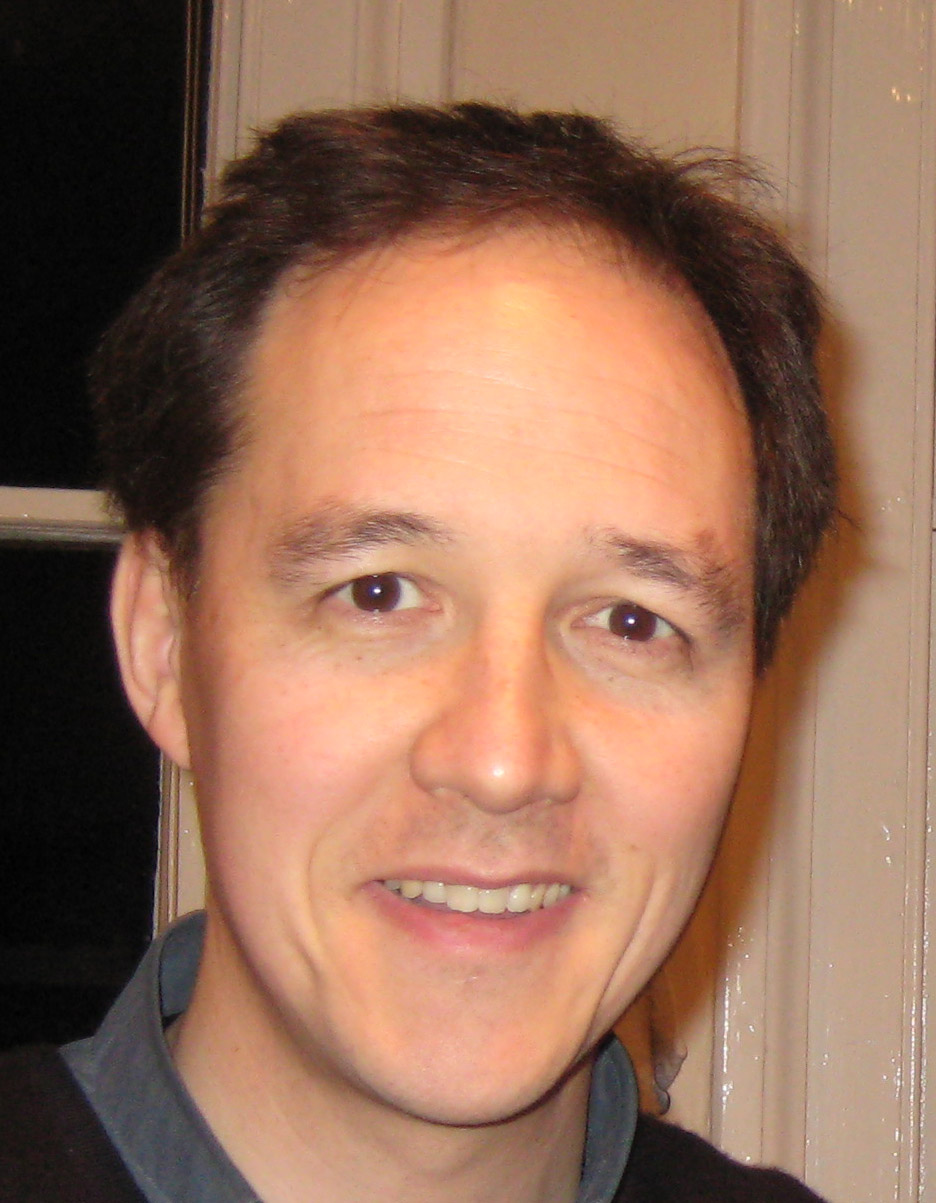‘Activism’, in the Catholic spiritual tradition, doesn’t refer to a political commitment or to an energetic involvement in a particular project. It’s about the danger, psychologically and spiritually, of getting over-invested in the work that we are doing, of work becoming a compulsion, of forgetting the larger purposes of the work at hand and the larger meaning of life that brings us to do this particular work.
We talk about someone being ‘driven’. It can be an attractive virtue if it points to a certain purposefulness and energy; but it literally means that someone is no longer in the driving seat, they have lost hold of the steering wheel; and the car – the goal, the project, the activity – is doing the driving itself. Another word for this is workaholism.

I’ve just finished re-reading one of the spiritual books that has helped me most in my life, The Soul of the Apostolate, by Dom Jean-Baptiste Chautard, OCSO. It’s first of all a book of theology, about how any apostolic work needs to be rooted in Christ, and how easy it is for a feverish activism to displace one’s spiritual life.
The ‘heresy of good works’ is not the idea that good works are important, it’s the habit of trying to work for the Lord without depending on prayer and the grace of God. It’s when the exterior life is so all-consuming that the interior life is pushed to the side, or squeezed out completely.
But the book is also full of much wisdom at the purely practical/psychological level, about how to keep a work-life balance, the importance of having an inner-detachment from what we are doing, etc. It’s a kind of early self-help/management guru book.
Chautard quotes Geoffrey of Auxerre writing about his master, St Bernard:
Totus primum sibi et sic totus omnibus
Meaning, more or less:
He belonged, first of all, entirely to himself, and thus he belonged entirely to all people
And then he quotes St Bernard himself, writing to Pope Eugenius III.
I do not tell you to withdraw completely from secular occupations. I only exhort you not to throw yourself entirely into them. If you are a man belonging to everyone, belong also to yourself. Otherwise what good would it do you to save everybody else, if you were to be lost yourself? Keep something, then, for yourself, and if everyone comes to drink at your fountain, do not deprive yourself of drinking there too. What! Must you alone go thirsty? Always begin with the consideration of yourself. It would be vain for you to lavish care upon others, and neglect yourself. May all your reflections, then, begin with yourself and end also with yourself. [p42]
This apparent focus on oneself is not a call to selfishness but to the kind of interior recollection and self-awareness that allows you to be truly selfless and at the service of others, because you are not driven but actively giving yourself to the work and to others, and actually having something of yourself to give.
I’ve got an old Tan copy of the book, which is reprinted by St Benedict Press and available at Amazon.
There is a book called Inner Strength for Active Apostles by Chautard published by Sophia Press, which I think is a slightly simplified and modernised version of the same book – on Amazon here. I haven’t read it, but seen it in a bookshop. From what I know of other Sophia Press books it should be very good, and perhaps slightly more accessible than the original version (just because some of the theological language is quite heavy).
Read Full Post »








